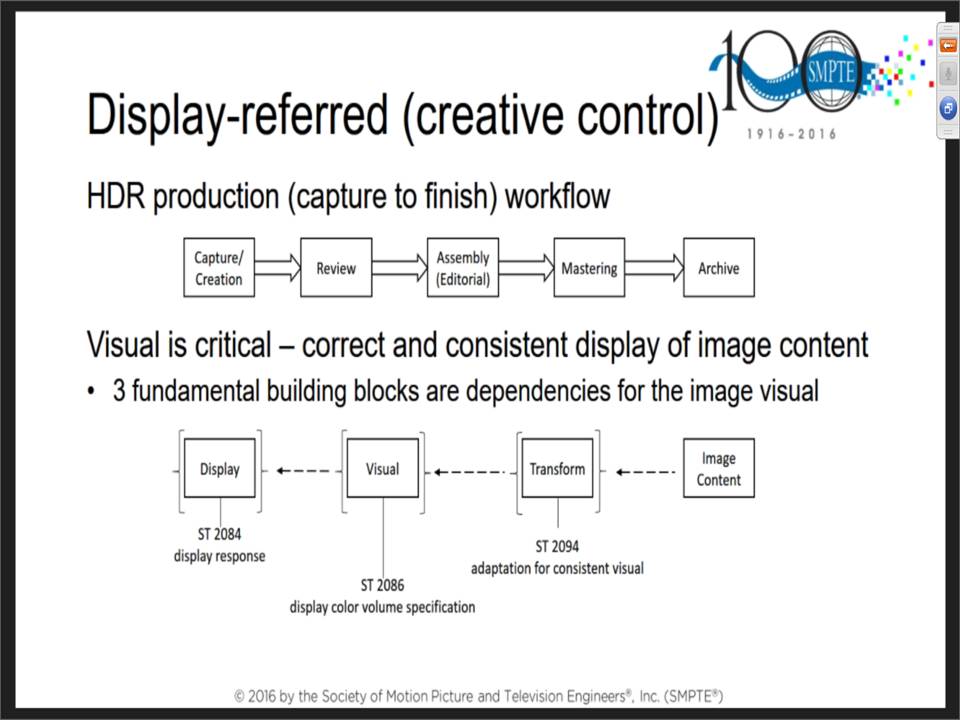Quote:
Originally Posted by Geoff D

you would indeed need a 16K Bayer array for true 4K red and blue, and a 8K array for true green in 4K.
You're a big proponent of RED, what say you about his image comparisons?  |
Using his math, it looks like 8K (QUHD) should cover red and blue for UHD delivery.
width * height = resolution
7680 * 4320 = 33177600
3840 * 2160 = 8294400
1/4 of them are red: 33177600 / 4 = 8294400
1/4 of them are blue: 33177600 / 4 = 8294400
1/2 of them are green: 33177600 / 2 = 16588800
I may have messed up my math, but it looks like 8K CMOS for 4K resolution and 16K CMOS for 8K resolution, which is what Astro does inside of their camera.
As far as Red, I wonder if he used the new or old debayer. The new debayer results in greater detail and less chroma artifacts. It is a bug improvement in image quality, in my opinion. So either the halation test could be better or worse, depending on the debayer used.

I was most surprised, not really, on how noisy the film was. I was a little disappointed with the 15-perf IMAX. At the same time, I have yet to see any digital camera produce the same image quality that I saw during the opening of the Dark Knight (bank robbery) in a real IMAX theater. That was so breathtaking!
While I am a fan of Red, I consider myself down to earth and know its strengths and weaknesses. I still remember the day that Claudio Miranda posted on Reduser and got ran off by some overzealous folks. I thought that was a depressing moment. Kind of reminded me of AVS forum and Don getting run off back in the day by some overzealous HD DVD folks.

I am one of the few that has the VistaVision Red. I received mine in December and have been shooting a doc on image quality and display calibration. Focus is on preserving artistic intent. I still have several to interviews to shoot, but I have interviewed Joe Kane, Michael Cioni, Ian Vertovec to name a few. Michael and Joe sure can talk. (A good thing) They are almost two hours each, which is close to 2 TBs of footage each.

I figure a doc on image quality should look good. At f/2.8, the DOF is so shallow. One eye is in focus and the other is not. I love the fall off. I am a fan of large format sensors. While VV is small compared to 65 and 15-perf IMAX, it is a nice jump up from S35. It looks like a full frame 35mm DSLR, in motion.






















 Linear Mode
Linear Mode

